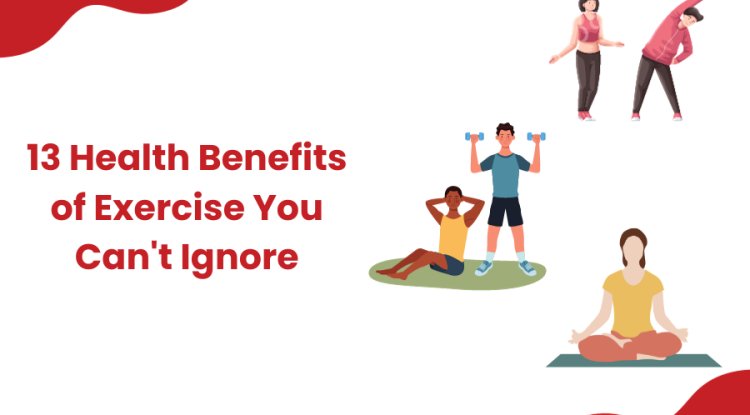The Future of Education: Innovations in Lifelong Learning and Skill Development

Education has always been important for progress because it shapes how we learn, work, and connect with each other and the world. But as the world gets more complicated and changes quickly, traditional ways of teaching are meeting problems that have never been seen before. In this fast-paced, digital age, the future of education comes in adapting to new ideas that meet the changing needs of students.
We'll talk about the future of education in this blog, with a focus on new ways to learn throughout life and improve your skills. From personalized learning to new tools and ways of teaching, the future of education is full of opportunities that will help people do well in a world that is always changing and connecting.
Customized opportunities for learning:
One of the biggest changes in education is the move toward personalized learning, where each student's wants and preferences are taken into account. As technology has improved, teachers now have access to a lot of data and tools that help them make personalized learning paths for each student.
Adaptive learning algorithms, artificial intelligence (AI), and data analytics are used in personalized learning to find out what students are good and bad at, where they are falling behind, and how to help them. Adaptive learning platforms, personalized learning apps, and virtual tutors are all ways for students to get material and resources that fit their learning style, interests, and pace.
Teachers can better motivate students, boost motivation and retention, and help students understand difficult ideas by personalizing the learning experience. Personalized learning also encourages ongoing learning by giving people the power to take charge of their own learning and strive for growth and development all their lives.

Brand-new technologies
New tools are changing the way we teach and learn, and they will have a big impact on the future of education. These technologies, such as blockchain, machine learning, virtual reality (VR), and augmented reality (AR), are changing the way we learn and making it easier for people to work together and be fully immersed in the process.
VR and AR, for instance, let students explore virtual worlds, do studies, and play simulations that they couldn't or couldn't realistically do in the real world. Immersive technologies improve learning by making it more interesting, memorable, and relevant. They can be used to explore ancient cultures, dissect virtual organisms, or practice real-life skills in a safe and controlled setting.
Blockchain technology, on the other hand, could change the way credentials and certifications are issued. It would allow students to safely store and share their academic accomplishments and professional badges in a way that can't be changed. Using credentials that are based on the blockchain, people can get jobs, go to school, and move up in their careers more easily, quickly, and with more faith.
Brand-new ways of teaching
In addition to new technologies, the future of education will also see a change toward new ways of teaching that focus on collaborative, hands-on, and question-based learning. Instead of just passively taking in information, learners are building their knowledge, fixing problems, and using what they've learned in the real world.
For example, project-based learning puts students in real-life situations where they have to work together on real projects that require them to think critically, be creative, and work together. Project-based learning lets students learn important skills while working on real-world problems, like planning a sustainable community, doing scientific study, or starting a business.
In the same way, inquiry-based learning promotes interest, exploration, and discovery by asking students open-ended questions and letting them look into things that interest them. Teachers encourage students to ask questions and learn on their own, so that students can become continuous learners who are interested, flexible, and strong when things go wrong or change.
CONCLUSION
There are huge changes that could happen in how we learn, teach, and think about education in the future. By using new technologies, personalized learning, and teaching methods, we can make the learning environment more open, flexible, and dynamic, giving people of all ages and backgrounds the tools they need to succeed in the 21st century and beyond.
As we deal with the problems and chances that come with a world that is becoming more and more linked, let us use education to help people reach their full potential, encourage new ideas, and create a better future for future generations. We can change the future of education together and open up new ways to learn and improve our skills throughout our lives in a world that is changing quickly.
What's Your Reaction?


















